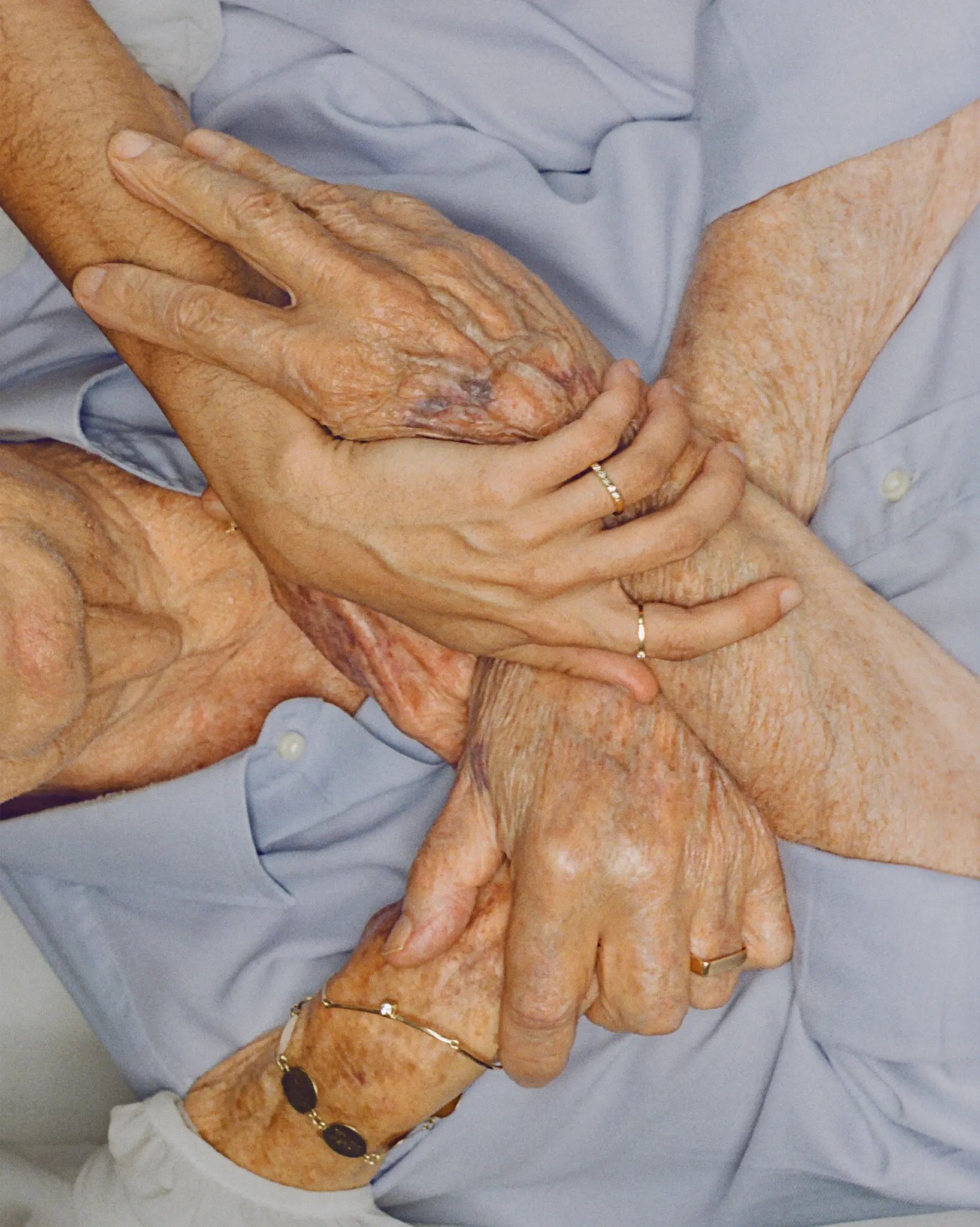Caregivers Helped Us Be a Family. Everyone Should Have That Option.



Rita Puig-Serra Costa
By Rachael Scarborough King
Ms. King is an associate professor of English at the University of California, Santa Barbara.
My 7-year-old son, Carl, realized that it was Tuesday and asked why Robert was not coming to our house that day. Robert had been a caregiver for my husband, Ady Barkan, for more than five years, helping with Ady’s day-to-day activities as he became progressively paralyzed because of the neurodegenerative disease amyotrophic lateral sclerosis, or A.L.S.
Tuesdays were Robert’s days, when he would help Ady work during the day and pick up Carl and his sister, Willow, in the afternoon, often going out for an activity in our red wheelchair-accessible van. Robert also helped Ady get into bed four nights a week, arriving around the kids’ bedtime and staying until 10 p.m.
Ady died from complications of A.L.S. in early November. Since then, the bustle of caregivers around our house has been strangely suspended for the first time in years.
The kids didn’t understand why Robert couldn’t come anyway, so I texted to invite him for dinner. We had our usual Tuesday meal of tacos, which Ady had branded “Taco Martes”; while I cooked, Carl, Willow and Robert played Uno in the living room.
Ady and I had close relationships with his caregivers, many of whom worked with us for years. They allowed Ady to continue to live in our home, surrounded by his family, even after his paralysis had progressed to the point where I could not care for him on my own.
It’s likely that most A.L.S. patients do not have access to this kind of support — or to adequate caregiving in general. Health insurance plans cover little, if any, in-home caregiving to assist with the tasks of daily life (as opposed to skilled nursing services, which administer medicines and change bandages, for example). Medicare also does not cover assistance with activities like bathing and dressing. To qualify for Medicaid — which varies state by state and has lengthy wait lists for home care — patients and their families usually must exhaust almost all of their assets first, which would have left me, as a now 39-year-old widow, with almost no savings. We were fortunate to arrive at an ad hoc arrangement with our health insurance company that reimbursed most of Ady’s caregiving costs, which totaled about $40,000 a month for round-the-clock care.
You read that right — by the end of his life, we paid nearly half a million dollars a year for Ady’s care. Living with A.L.S. offers an extreme example of the care crisis that the United States is facing right now. Private caregiving is exorbitantly expensive, even as more Americans will need paid care in the coming years. The pandemic revealed how much our society relies on caregivers, but we have failed to make changes to our insufficient caregiving system. Political action to make home care more affordable and available seems to have stalled in our divided Congress.
We cannot accept this status quo. In this election year, candidates will present their platforms to voters. We have the opportunity to push those seeking office to prioritize a care agenda that would recognize the importance of caregiving to millions of people’s lives. We can ask how they will support patients and caregivers so that more people can enjoy the quality of life that Ady’s caregivers made possible.
Ady was diagnosed with A.L.S. in 2016, when Carl was 4 months old. In 2019, he underwent a tracheotomy, which inserted a tube into his windpipe so that a ventilator could breathe for him. A tracheotomy turns A.L.S. from a terminal illness into a long-term condition, but it also requires constant maintenance: suctioning secretions, changing the tubing and responding to any alarms on the ventilator. Because Ady was paralyzed and could not perform these actions himself, he needed 24/7 caregiving support provided by a team of nine caregivers, including Robert.

